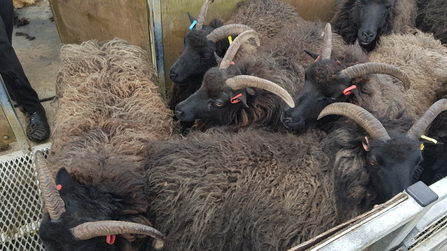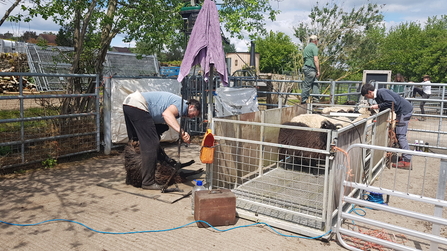This spring saw my first introduction to the wild and woolly world of sheep shearing. For anyone else out there who's not experienced this spectacle, I thought I’d provide a brief guide. It’s a simple enough process:
Step 1: Get the sheep in the pen
Ah, no, not that part of the pen, the other part of the pen, the bit with the race, no, no, the other bit with the other race, in order to make room for the other flock of sheep to come into that other part of the pen.
Then they all go through the gate and into the holding pen before going back around the outside of the pen so that the first flock of sheep end up in the pen where the second flock were and vice versa. Got it?
Step 2: Encourage the sheep towards the shears
Gently coax, cajole, coerce and eventually enthusiastically shove a hopelessly high number of sheep (by this point almost always unhelpfully stuck in reverse) into an ever decreasing space. Stop once a solid block of sheep has been attained.



